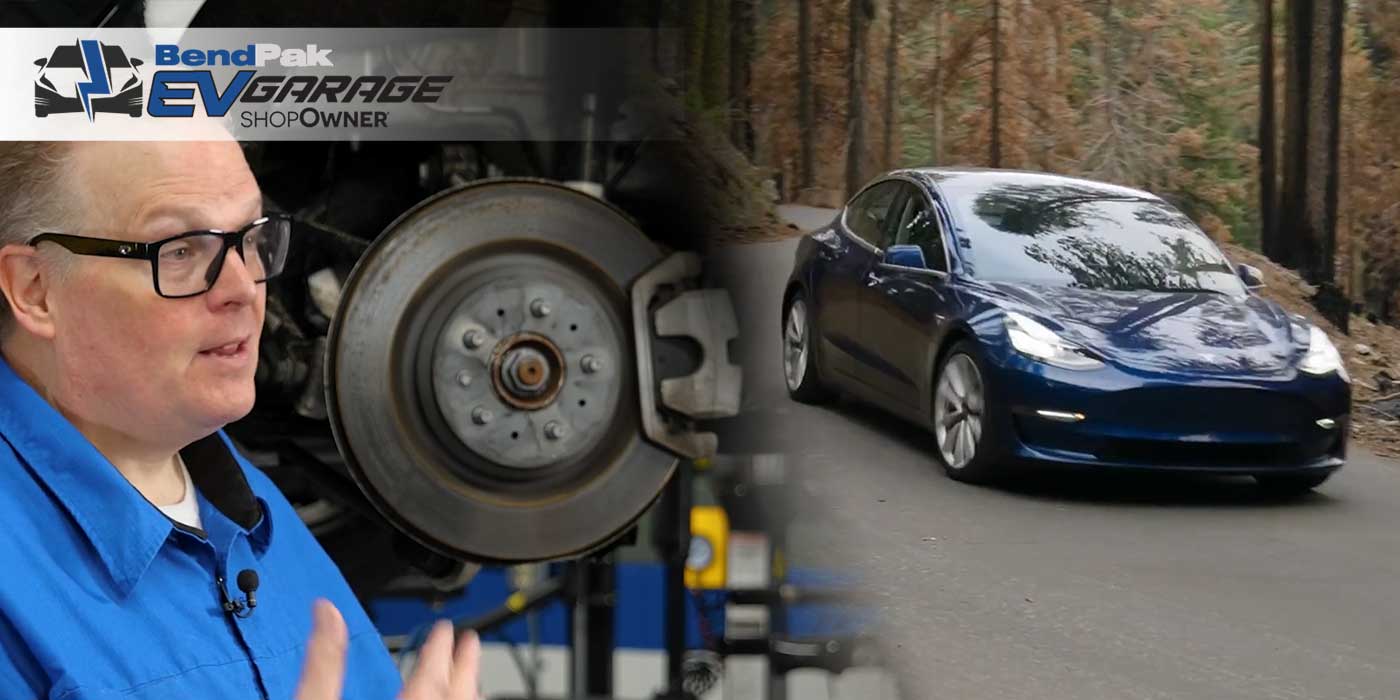Battery-electric EVs get the majority of the electric-powered limelight, but consumers who need great mileage shouldn’t sleep on their hybrid cousins.
But hybrids can be a bit confusing to consumers because there are two very different styles of these vehicles kind of lumped under the hybrid umbrella – HEVs, or “Hybrid Electric Vehicles,” and PHEVs, or “Plug-in Hybrid Electric Vehicles.” And there’s a huge difference.
HEVs run off of a powertrain that is both electric and gas-powered – but they are not charged from the grid like a battery-electric EV. There is no charging port that needs to be plugged into to charge the battery. Instead, HEV batteries are powered either through regenerative braking or via the combustion engine while the car is being driven.
By using both an electric motor and an engine in tandem, these vehicles can get by with a relatively small combustion engine. The battery can also be used to power some of the vehicle’s auxiliary loads – like pumps, blowers and fuel preparation machinery – and reduce engine idling when the vehicle is at a stop. This is how these vehicles can achieve such great fuel economy numbers while maintaining decent performance on the road.
PHEVs are also powered using an electric motor and internal combustion engine, but unlike HEVs, PHEVs also have a charging port so the battery can be charged directly from the grid.
While the battery can still recharge like an HEV through regenerative braking or via the engine when in Drive, this ability to charge off the grid means PHEVs can be driven a bit more like a battery-electric EV, depending solely on the battery for mileage until it is depleted, then switching to the internal combustion engine if needed. Just keep in mind that battery-only-powered mileage in PHEVs is typically closer to 20-40 miles at most, not even close to the hundreds you’ll find in a typical battery-electric vehicle.
Oftentimes, you’ll find PHEVs have a bit more pep in their step as well compared to their HEV brothers and sisters. As an example, Kia’s 2023 Sportage comes as both a PHEV and an HEV. Although both the PHEV and HEV models are powered by a 1.6-liter, turbo four-cylinder engine, the Sportage PHEV runs on a 66.9-kW electric motor and 13.8 kWh lithium-POLYMER battery, compared to the 44-kW electric motor and 1.49 kWh lithium-ION battery in the HEV.
Of course, saying which of these models is “better” is all in the eye of the beholder. Keep in mind the PHEV needs a larger battery to perform this well, and that comes at a cost that manufacturers tend to pass on to the customer. Sometimes, that’s several thousand dollars more.
No matter the style of hybrid consumers are interested in, software being developed over the next decade is expected to only make them more impressive. According to a recent study by Fact.MR, the global market for hybrid electric vehicles is likely to witness a compound annual growth rate of around 14% in the 10-year period between 2021 and 2031. This is speculated due in large part to their already fantastic gas mileage being enhanced further by what the study refers to as “new-age algorithms,” enabling manufacturers to improve upon existing energy management systems and better regulate fuel consumption.













